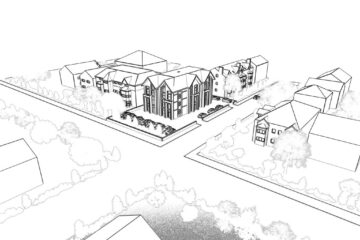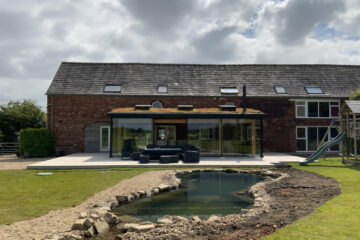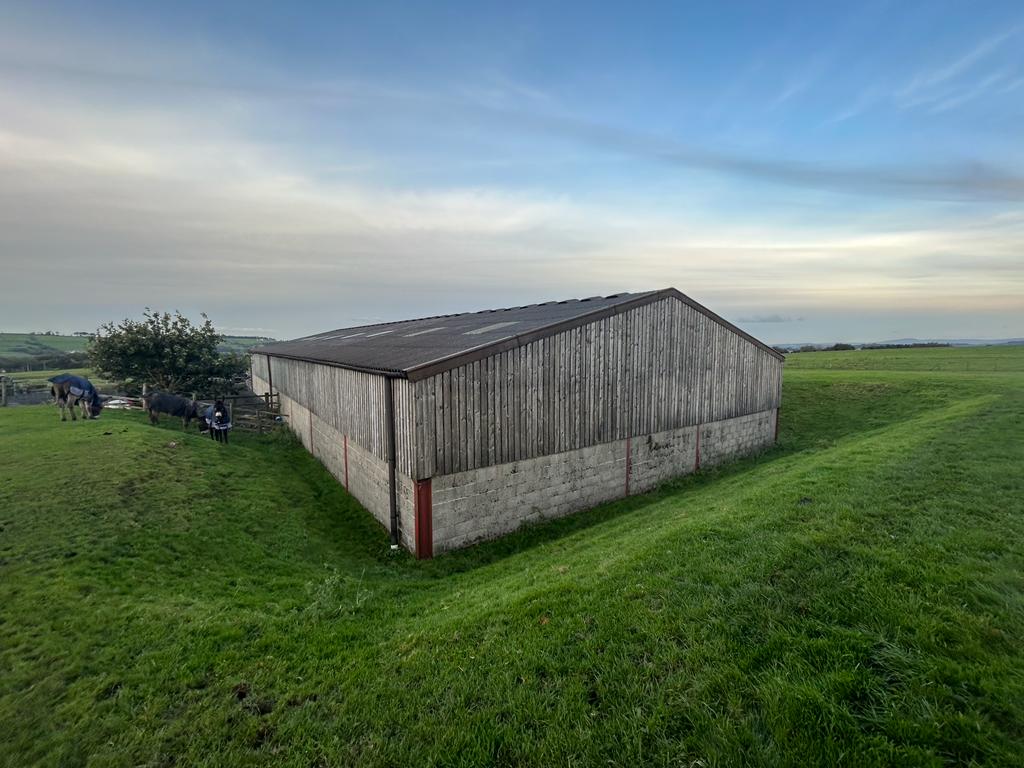
Unlock New Potential with the Clarkson's Clause: Transform Your Barn into a Profitable Venture!
Discover how the new Clarkson's Clause regulations can help you convert agricultural barns into thriving commercial or residential spaces. Maximize your property's value and diversify your income streams today!
As of 2024, the UK government has introduced significant changes to both Class Q and Class R of the General Permitted Development Order (GPDO). These changes offer farm owners and investors new opportunities to convert agricultural barns into commercial and residential spaces. Dubbed the "Clarkson Clause" after Jeremy Clarkson's popularization of farm diversification, these changes simplify the conversion process and reduce red tape, while still imposing certain restrictions. Here’s an in-depth look at these new laws and their potential.
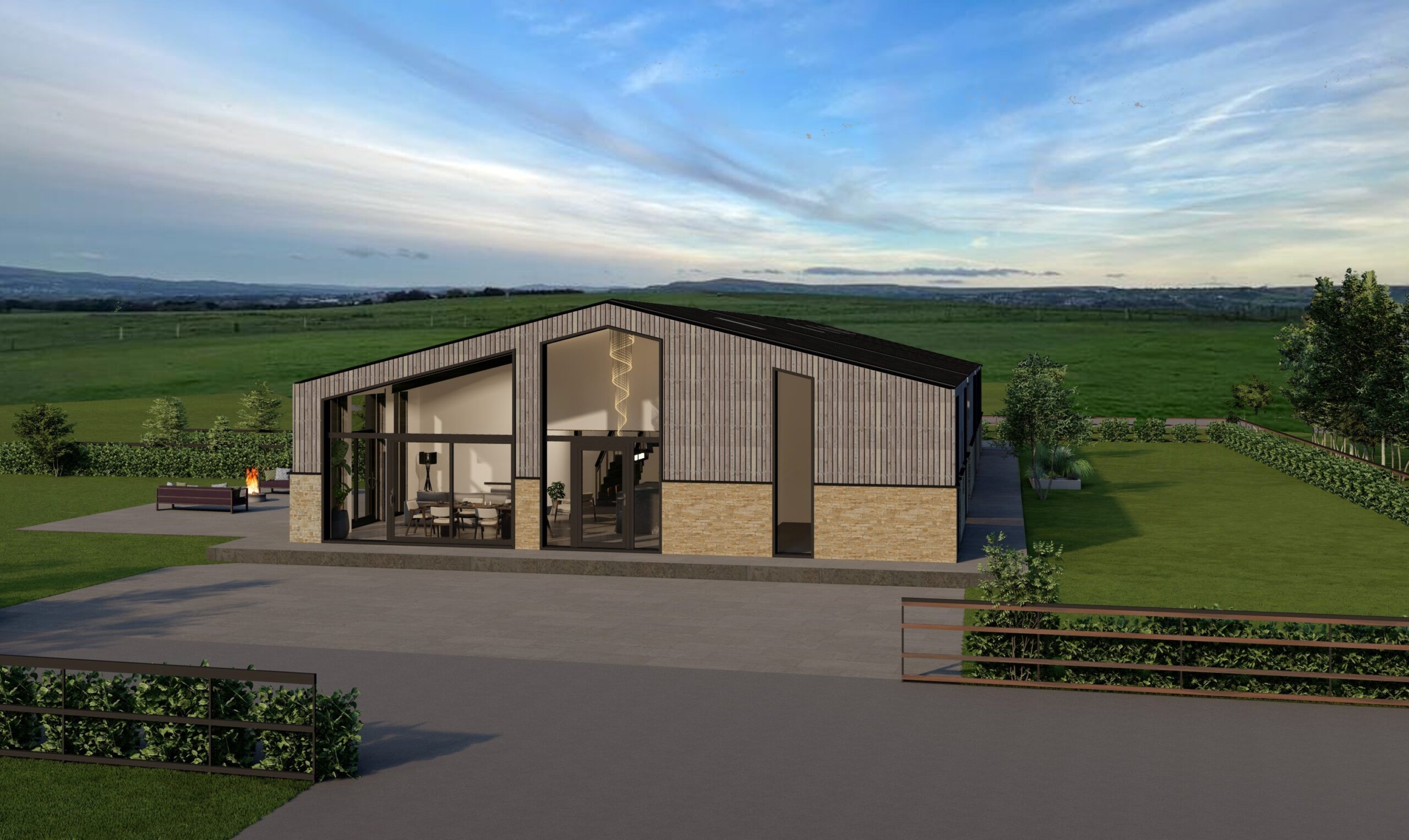
Understanding the Clarkson Clause: The New Regulations
The Clarkson's Clause permits the change of use of agricultural buildings to both commercial and residential uses without the need for full planning permission. Key points include:
Permitted Development Rights:
- Size Limitations: The cumulative floor space of buildings changing use cannot exceed 1,000 square meters, including multiple buildings on the same agricultural unit.
- Previous Agricultural Use: The building must have been in agricultural use as part of an established agricultural unit on or before 3rd July 2012, or for ten years before the date of the application.
Types of Use:
- Commercial Uses: The Clarkson Clause allows conversion to various commercial uses, including:
- Shops (Class E(a))
- Financial and professional services (Class E(c))
- Restaurants and cafes (Class E(b))
- Business uses (Class E(g))
- Storage and distribution (Class B8)
- Hotels (Class C1)
- Assembly and leisure uses (Class F2)
- Residential Uses: The regulations simplify converting barns into residential properties, providing more flexibility for farm owners to diversify.
- Application Process:
- Prior Approval: Full planning permission is not required, but prior approval must be obtained from the local planning authority (LPA). This includes assessments for transport and highways impact, noise impact, contamination risks, and flooding risks.
- Building Works: Necessary building works to make the change of use practical are covered under the permitted development rights, provided they are reasonably necessary for the conversion.
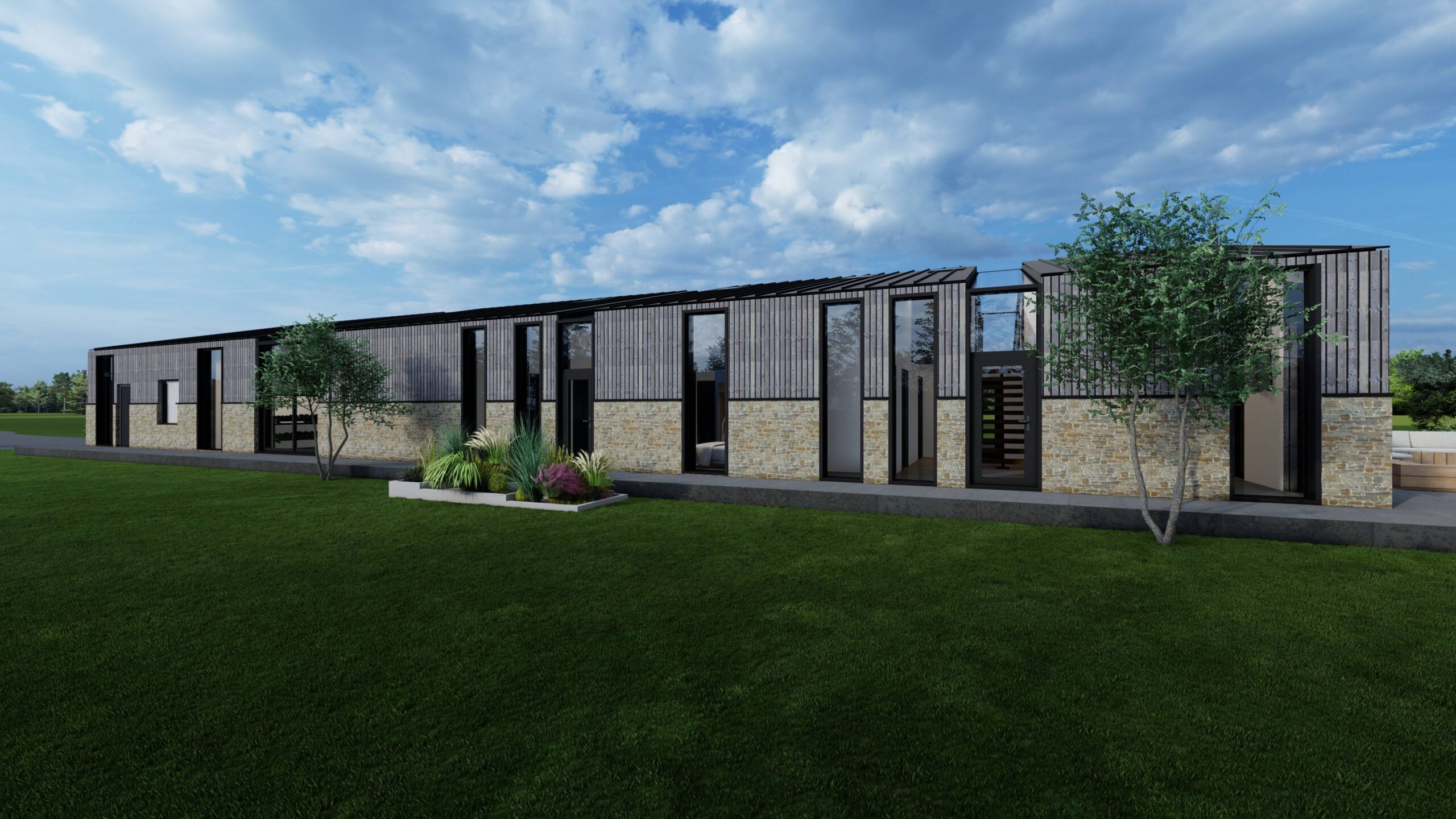
New Restrictions for Residential Use
While the Clarkson Clause opens up opportunities for converting agricultural buildings into residential properties, specific restrictions ensure the changes are appropriate and sustainable:
Environmental Impact: Developments must not significantly harm the character and appearance of the area. Special considerations are given to buildings within Areas of Outstanding Natural Beauty (AONB), National Parks, and Conservation Areas.
Local Plan Policies: The LPA can impose conditions or refuse approval based on local planning policies, including considerations for the impact on local amenities and the sustainability of the proposed residential use.
Building Conditions:
- Structural Integrity: The building must be structurally capable of conversion without significant rebuilding. Some modifications are allowed, but the core structure should remain intact.
- Design Standards: Conversions must adhere to building regulations for residential properties, including requirements for insulation, safety, and accessibility.
Location Restrictions:
- Flood Risk Areas: Conversions in areas prone to flooding will undergo stringent assessments to ensure safety and sustainability.
- Access and Infrastructure: The residential use must have appropriate access and infrastructure, including roads, utilities, and other necessary services.
Occupancy Restrictions:
- Agricultural Tie: In some cases, occupancy may be restricted to agricultural workers or individuals connected to the farming operation, maintaining the link between the property and agricultural use.
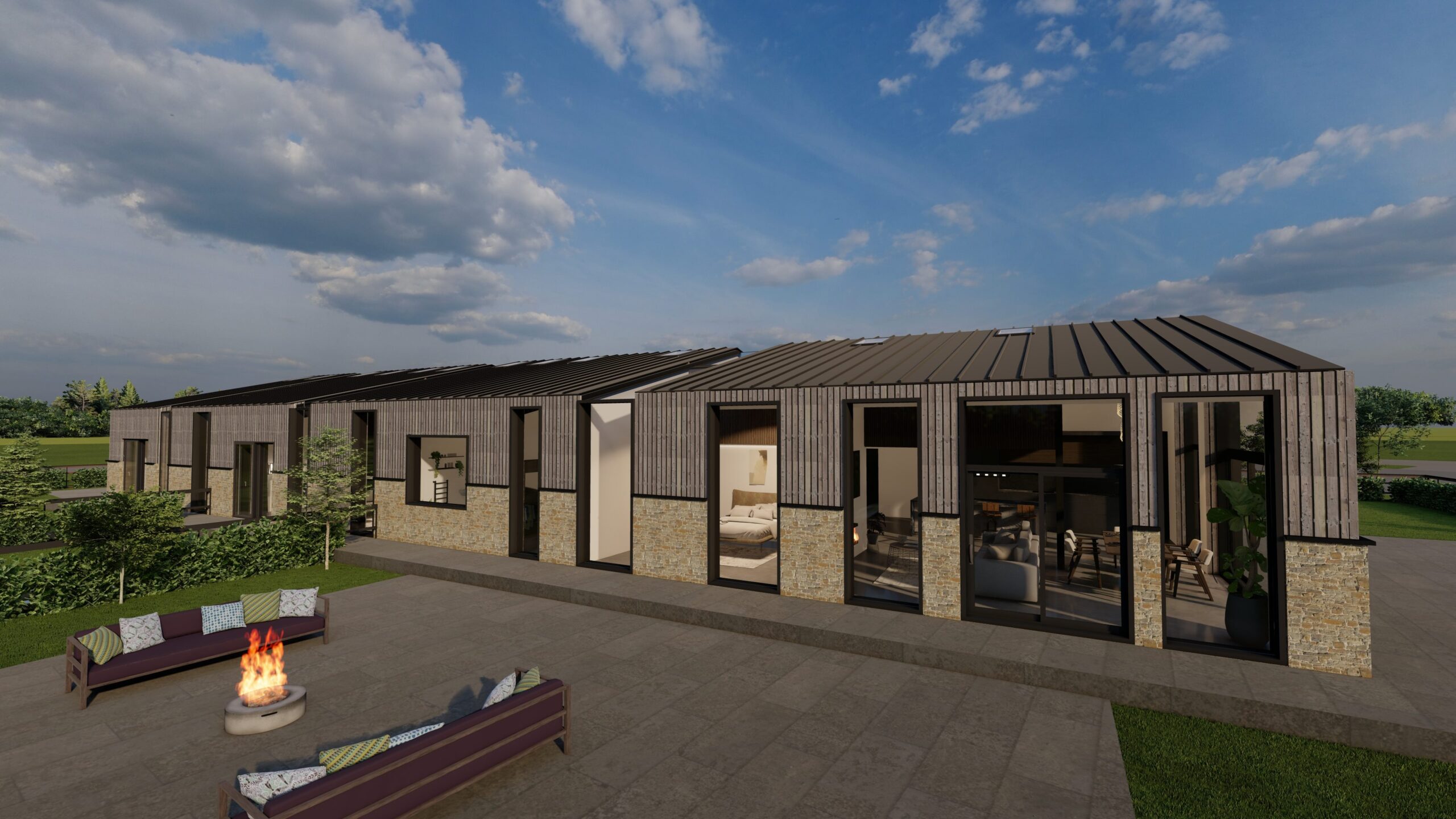
Opportunities for Farm Owners and Investors
The Clarkson Clause opens up numerous opportunities for farm owners and investors looking to diversify their income streams and make better use of their agricultural properties.
Increased Revenue Streams:
- Retail and Hospitality: Converting barns into farm shops, cafes, or boutique hotels can attract tourists and locals alike, providing steady income.
- Business and Storage Solutions: Leasing space to local businesses or for storage can provide reliable rental income.
- Residential Rentals: Developing residential properties can meet local housing demands and generate rental income.
Community Engagement:
- Event Spaces: Creating venues for events such as weddings, markets, or workshops can foster community engagement and bring people to the farm.
- Educational Uses: Establishing educational facilities or farm experience centers can attract schools and tourists interested in agriculture.
Enhancing Property Value:
- Diversifying the use of farm buildings can significantly increase the overall value of the property, making it a more attractive investment opportunity for buyers looking for properties with flexible use potential.
Sustainability and Innovation:
- By repurposing existing structures, farm owners can contribute to sustainable development practices. Innovative uses such as converting barns into co-working spaces for remote workers or tech hubs can tap into emerging market trends.

Final Thoughts
The Clarkson Clause represents a significant shift towards more flexible land use policies. It encourages farm owners and investors to think creatively about the potential of agricultural buildings. While certain restrictions and considerations must be navigated, the opportunities for increased revenue, community engagement, and property value enhancement are substantial.
For farm owners and investors, staying informed about these regulations and planning conversions effectively can lead to successful and profitable ventures. If you’re considering a conversion project under the Clarkson Clause regulations, consulting with planning professionals and local authorities can ensure a smooth process and maximize the benefits of this exciting development.
For more detailed advice or to discuss your specific project ideas, feel free to contact us at Carter’s Building Consultancy We're here to help you navigate the complexities and make the most of the new opportunities these regulations provide.
For more detailed information, please visit planning portal and the new legislation



